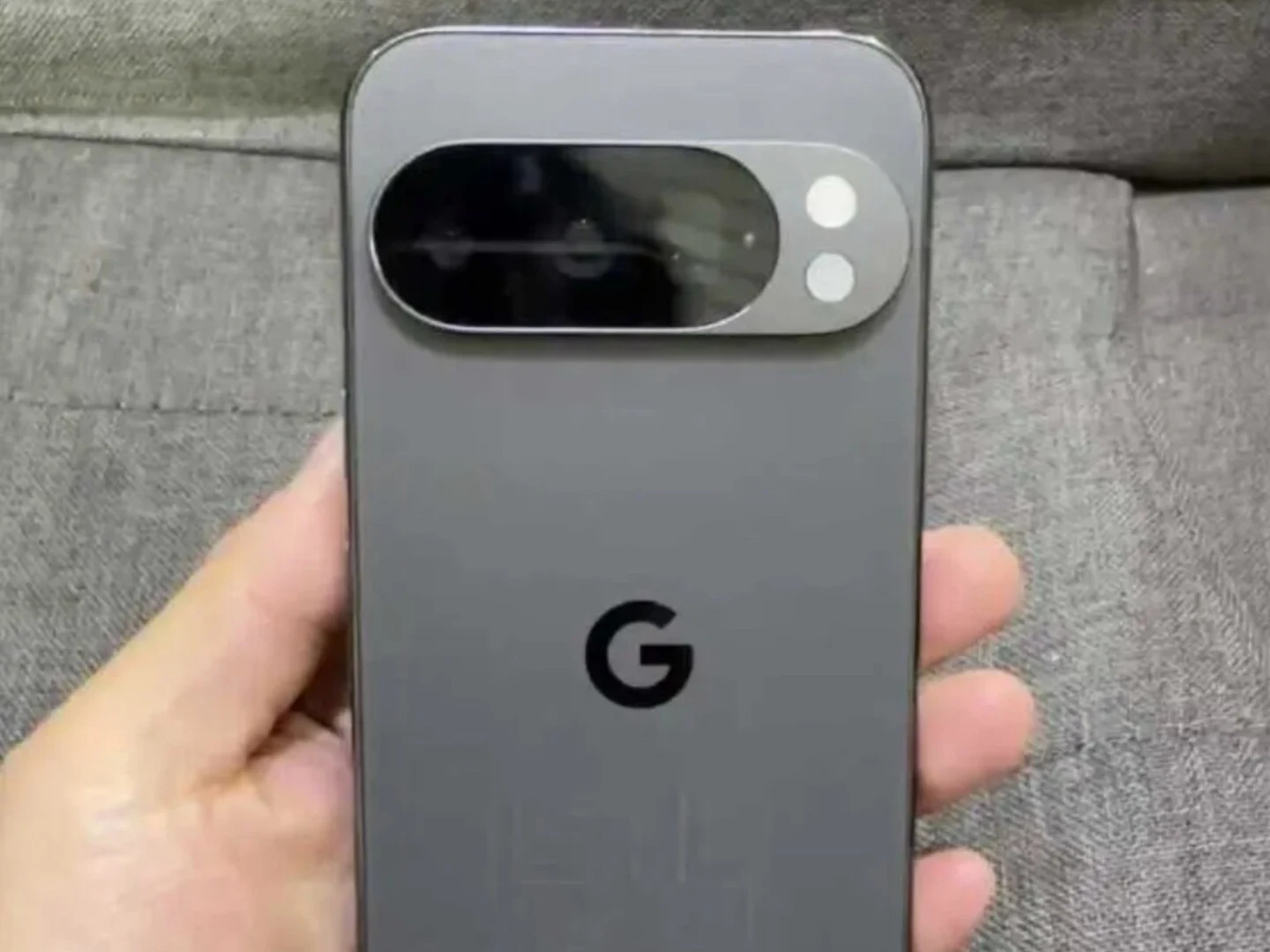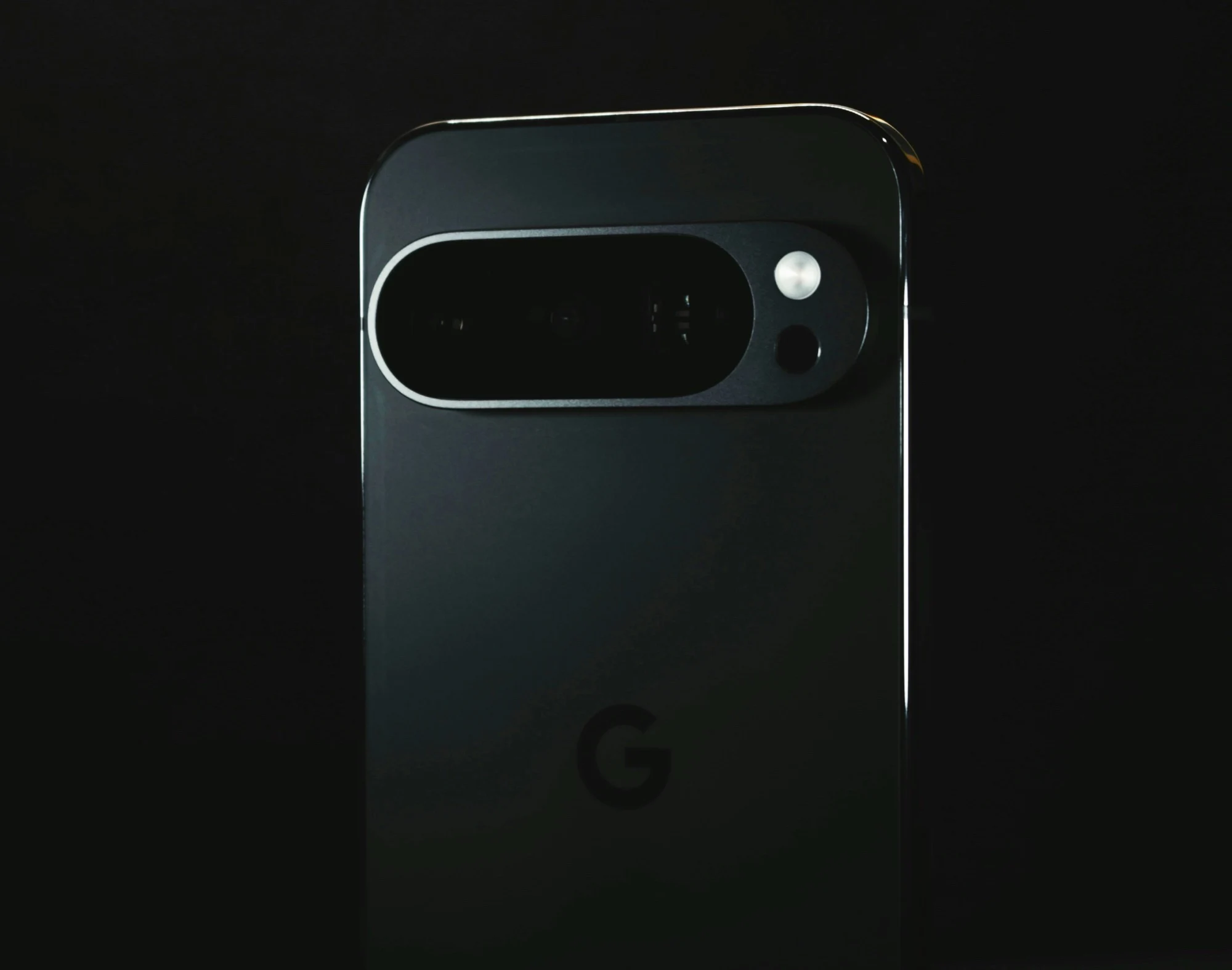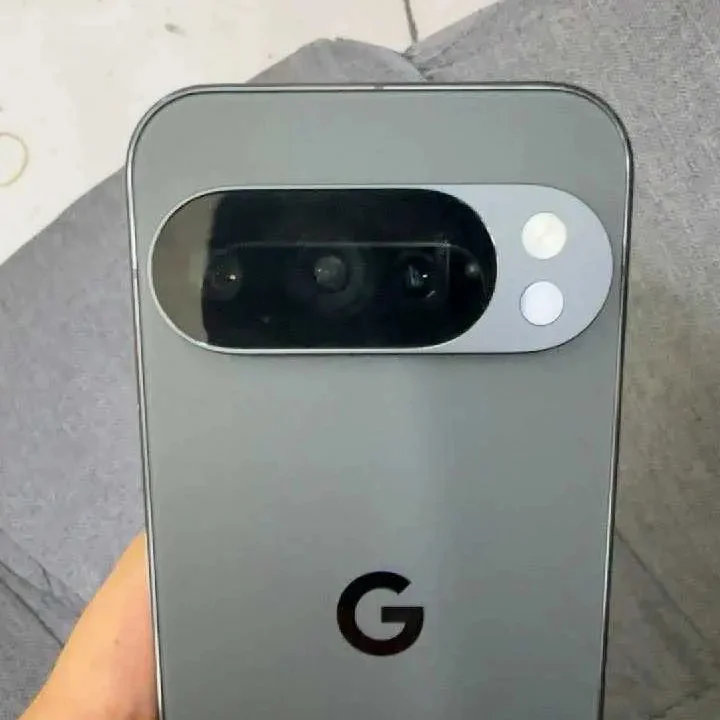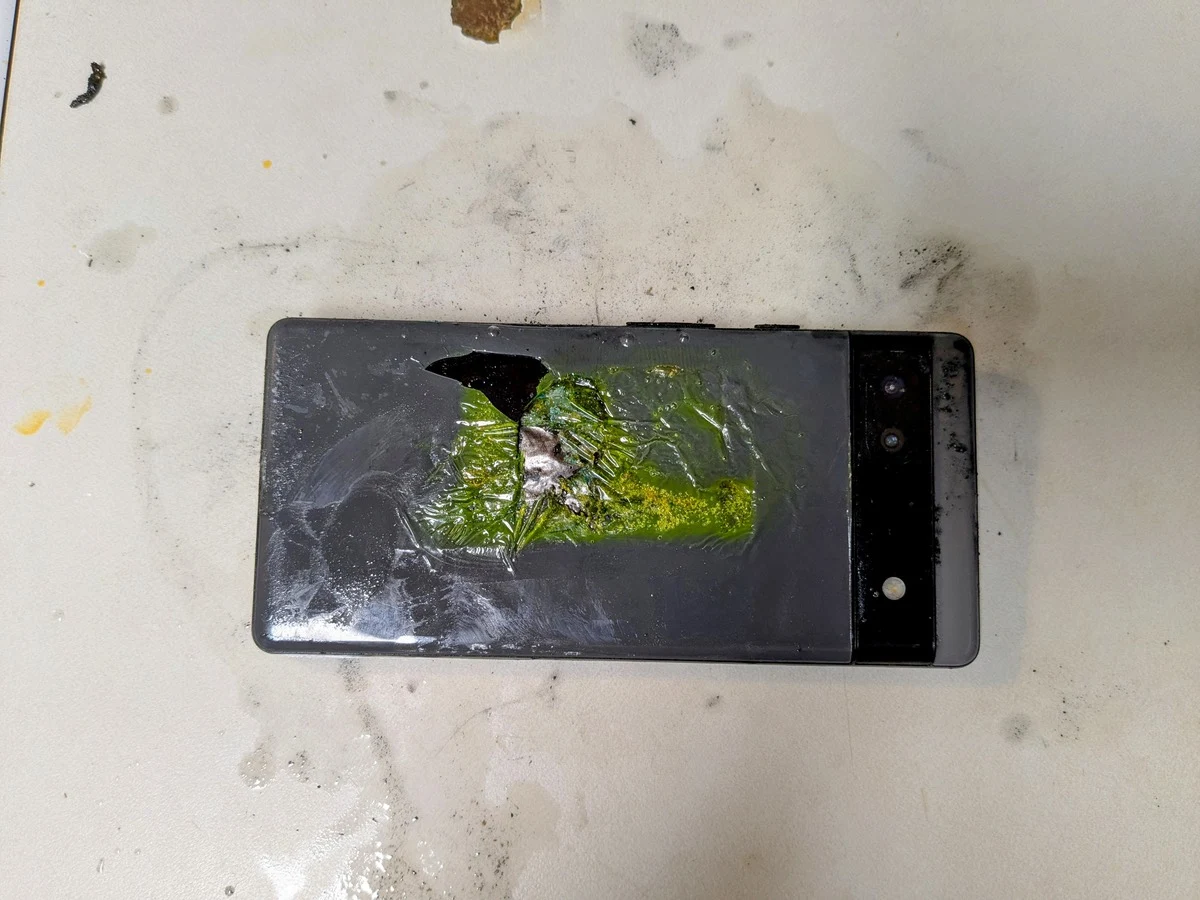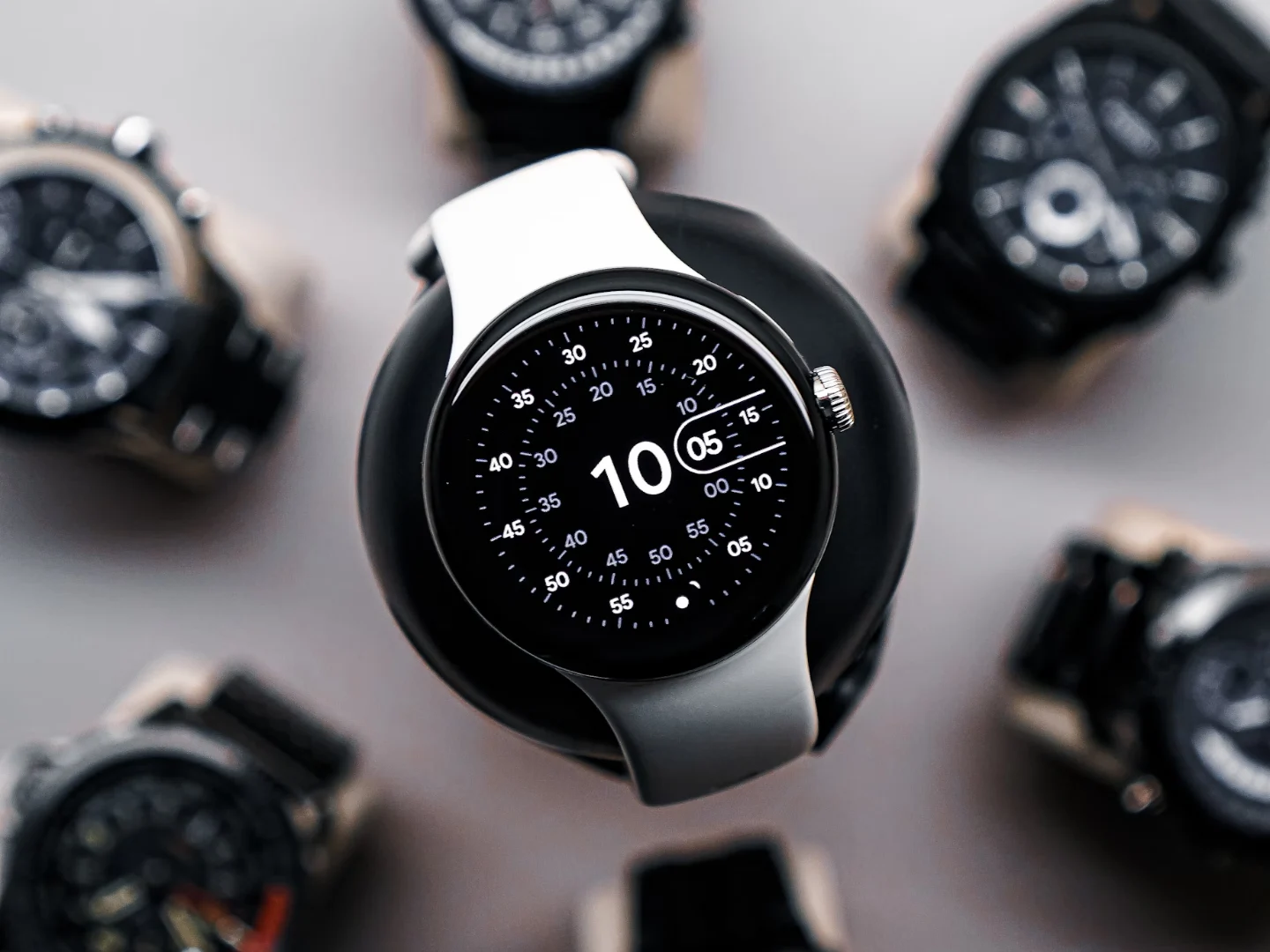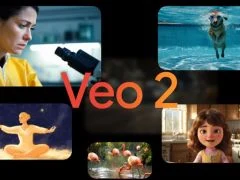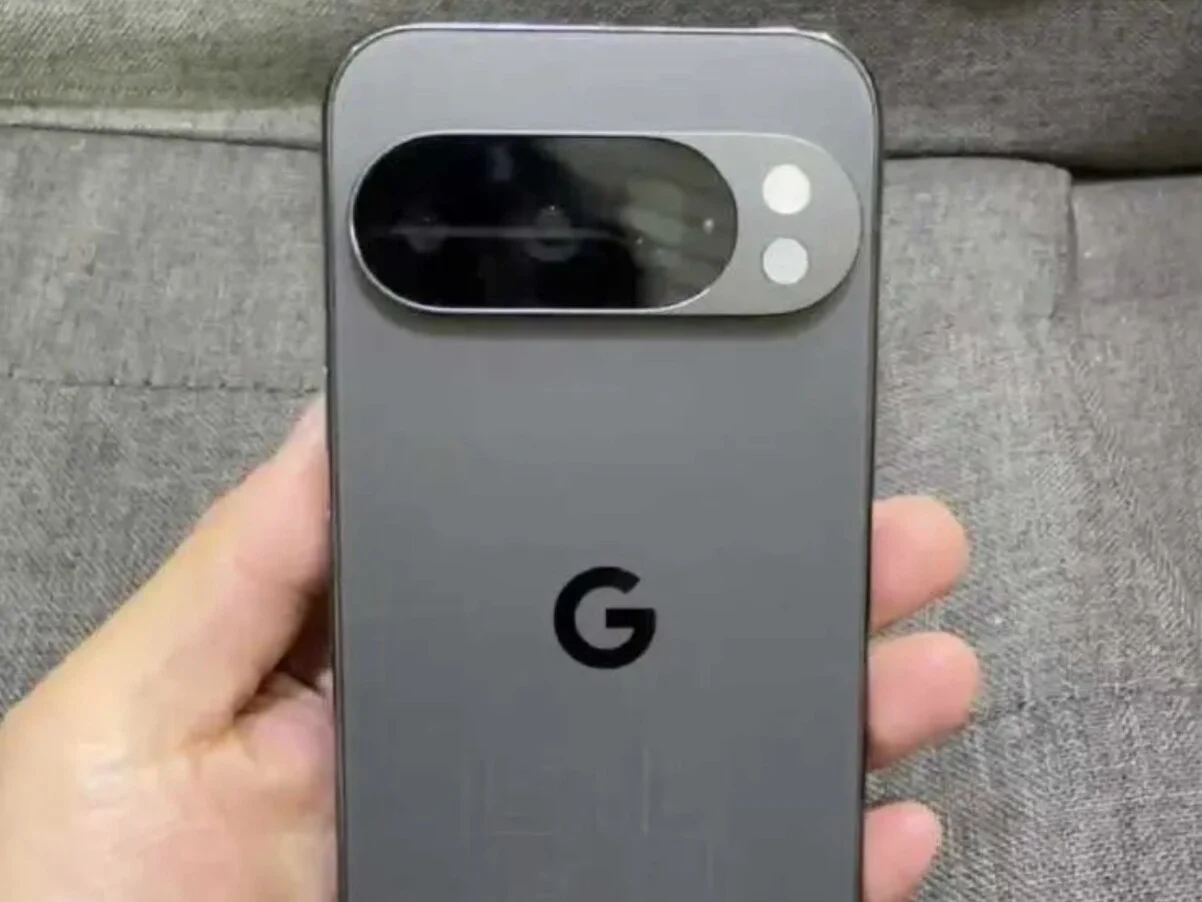Key Takeaways
1. The Pixel 10 series will feature an upgraded ultrasonic fingerprint sensor for improved speed and reliability, especially with wet fingers.
2. The design of the Pixel 10 series will largely resemble the Pixel 9 series, focusing more on functional upgrades than aesthetic changes.
3. The new devices are expected to support Qi2 wireless charging, requiring a case for magnetic connections with compatible accessories.
4. The standard Pixel 10 will include a telephoto camera, with enhancements in macro photography and better speakers across the series.
5. The phones will be powered by the Tensor G5 SoC, offering smooth performance and new AI functionalities, though it may not match Snapdragon flagships in raw performance.
The Google Pixel 10 lineup has seen a flurry of leaks lately, with the most recent one pointing to an upgraded fingerprint sensor. The Pixel 9 series introduced an ultrasonic fingerprint sensor, which was an improvement over the previous Pixel 8 series. It seems that the forthcoming Pixel 10 series will focus more on internal and functional enhancements, rather than making visible design changes.
Fingerprint Sensor Upgrades
According to a leak from Android Headlines, the Pixel 10 series will keep the ultrasonic fingerprint sensor but with enhanced speed. How Google achieves this upgrade remains unclear. The leak suggests that the sensor will be more dependable, especially when used with wet fingers. However, it lacks further details, making this improvement feel expected. Additionally, facial recognition will still be available and it will maintain a Class 3 security level.
Design and Features
Based on a series of leaks, the Pixel 10 series appears to be focusing on functional upgrades compared to the Pixel 9 (buy on Amazon) series. The design resembles that of the Pixel 9 series, yet the new devices are anticipated to support Qi2 wireless charging. They will require a case for a magnetic connection to work with compatible accessories, which Google is reportedly developing as well.
Camera and Performance Enhancements
Another leak recently suggested that the standard Pixel 10 will include a telephoto camera. There will also be enhancements in macro photography across the entire series. Other expected improvements include better speakers, advanced AI features, and significantly enhanced image stabilization. The phones are set to be powered by the Tensor G5 SoC, which may not match the Snapdragon flagship in raw performance but is still capable of providing a smooth user experience along with supporting new AI functionalities.
Source:
Link

